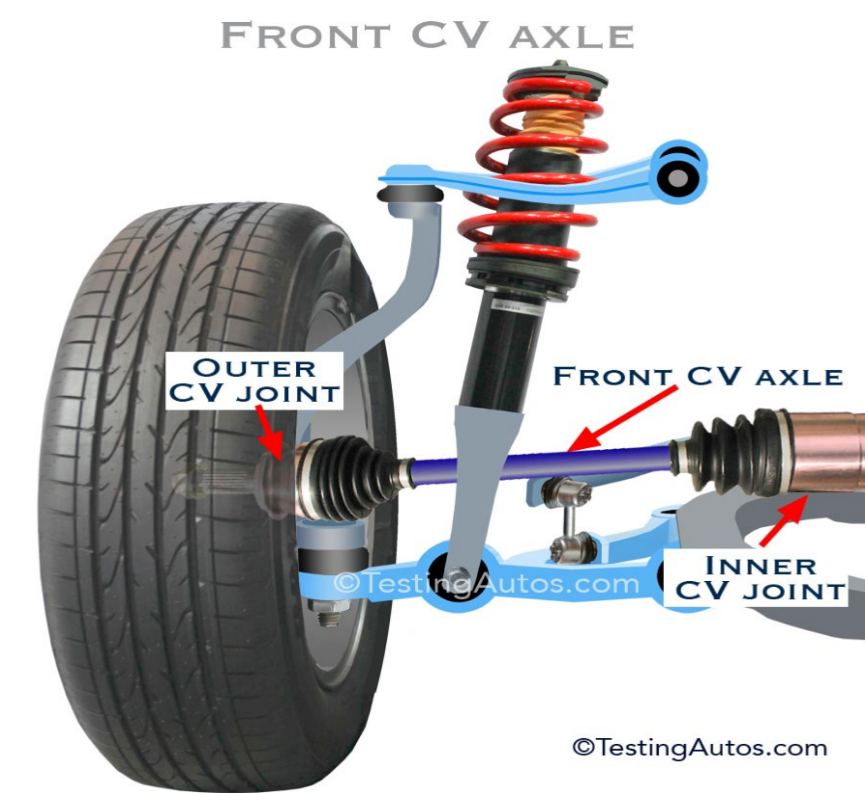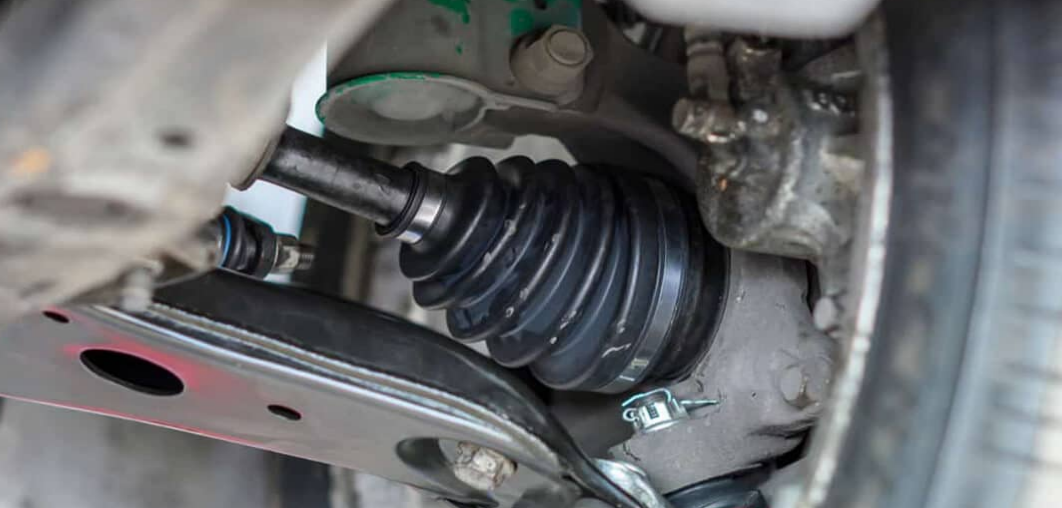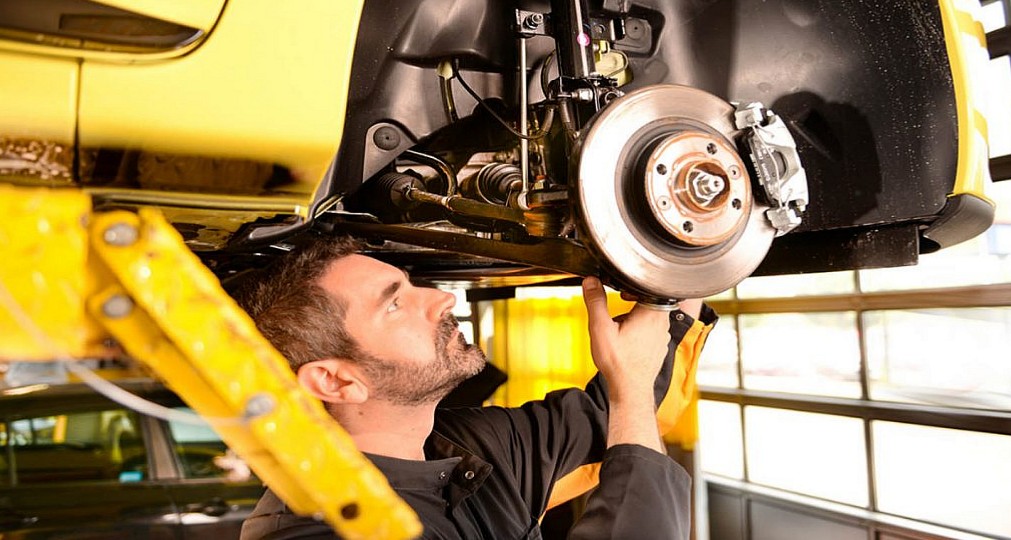Car axle repair costs vary based on damage type, location, and vehicle type, typically ranging from $100 to $1,000.
Types of Car Axles
When discussing car axles, these integral components are essential for transferring power from the vehicle’s engine to its wheels. Depending on the vehicle’s design, different axles serve distinct purposes, ensuring optimal power distribution and stability. Let’s delve into the different types of car axles.

Front Axle
The front axle predominantly exists in front-wheel-drive vehicles. This axle transfers power from the engine directly to the front wheels. Due to its significant role:
- Materials: Typically, front axles are made of high-quality steel to withstand the forces of both driving and steering.
- Specifications: On average, a front axle can support around 1,500 to 3,000 pounds, depending on the vehicle size.
- Advantages: Front-wheel drive provides better traction in slippery conditions. It’s also more cost-effective to manufacture.
- Disadvantages: Front axles might wear out faster because of the dual role they play in steering and driving.
Rear Axle
Rear axles are predominantly found in rear-wheel-drive vehicles. They are responsible for taking the engine’s power and delivering it to the rear wheels.
- Materials: Like front axles, they are usually made from durable steel or similar sturdy materials.
- Specifications: Depending on the vehicle, rear axles can bear a weight ranging from 1,800 to 3,500 pounds.
- Advantages: Rear-wheel drive offers better acceleration and balance, especially in performance vehicles.
- Disadvantages: These vehicles can be challenging to handle in slippery conditions. The overall cost of maintenance for rear-wheel drive systems might be slightly higher.
Split Axle
A split axle, or independent axle, allows the wheels on the same side to move independently of each other, offering a smoother ride.
- Materials: Aluminum and high-quality steel are common materials for split axles, given their need for flexibility and strength.
- Specifications: A typical split axle can withstand a load of approximately 1,500 to 2,500 pounds.
- Advantages: Vehicles with split axles offer a smoother ride, better handling, and improved comfort.
- Disadvantages: Maintenance can be more intricate due to the increased number of moving parts, potentially leading to higher costs.
Common Axle Problems
Axles are a pivotal part of a vehicle’s driving system, allowing the vehicle to move with power and agility. However, like any other automotive part, axles are prone to issues due to wear and tear, accidents, or manufacturing defects. Understanding these common problems can aid in prompt diagnosis and repair, ensuring safety and longevity. Here’s a closer look at prevalent axle-related concerns.
Broken Axle
A broken axle is every driver’s nightmare, and it usually happens due to excessive force or impact, like driving through a deep pothole at a high speed.
- Materials: Axles are made from robust steel, but even the best can snap under extreme conditions.
- Specifications: While the average axle can last upwards of 100,000 miles, unforeseen impacts can cut its life short.
- Advantages: Identifying a broken axle early means a safer vehicle and potentially reduced repair costs.
- Disadvantages: Driving with a broken axle can be highly dangerous, and repairs can be costly, often averaging $500 to $1000 depending on the vehicle.
Worn Out CV Joints
CV joints, or constant velocity joints, are part of the axle assembly, allowing it to flex while transmitting power from the engine to the wheels.
- Materials: These joints often consist of hardened steel.
- Specifications: CV joints are covered by protective rubber boots. If these boots crack or tear, contaminants can enter, leading to rapid wear.
- Advantages: A functioning CV joint ensures smooth power transmission and turning ability.
- Disadvantages: A damaged CV joint can lead to erratic driving behavior. Replacement costs typically range between $300 to $600.

Axle Seal Leaks
The axle seal ensures that the lubricating fluid within the axle assembly doesn’t leak out, maintaining smooth operation.
- Materials: Axle seals are often made from rubber or silicone compounds.
- Specifications: The seal’s primary function is to keep the lubricant inside while keeping dirt and contaminants out.
- Advantages: Properly functioning axle seals maintain the quality and level of the lubricating fluid, ensuring longevity.
- Disadvantages: A leaking seal can lead to lubricant loss, impacting the axle’s efficiency. Seal replacement usually costs between $150 to $350.
Bent Axle
A bent axle usually results from accidents, harsh driving conditions, or bearing failures.
- Materials: Despite being made from sturdy steel, axles can bend under extreme force.
- Specifications: Even a slight bend can cause a noticeable decline in driving quality.
- Advantages: Early diagnosis of a bent axle can prevent other related damages, saving time and money in the long run.
- Disadvantages: A bent axle can reduce the vehicle’s speed and efficiency. Repairing or replacing a bent axle might cost between $250 to $700, depending on the severity and the type of vehicle.
Factors Affecting Axle Repair Cost
While axle repairs are vital for maintaining a vehicle’s safety and operational efficiency, the associated costs can vary widely. This variability stems from a combination of factors, each playing a role in determining the final repair bill. By understanding these factors, vehicle owners can better anticipate and budget for potential axle repairs.
Type of Vehicle
Different vehicles come with unique axle designs and specifications. Naturally, the repair costs for a luxury sports car will differ from those of a standard sedan.
- Specifications: While a compact car might have simpler and smaller axles, trucks or SUVs come with heavy-duty axles designed for more strenuous tasks.
- Advantages: Knowing your vehicle type helps anticipate potential repair costs. For instance, a standard sedan might cost around $400 to $800 for an axle repair, while a luxury model could exceed $1500.
- Disadvantages: High-performance or luxury vehicles usually come with a premium repair cost, primarily due to specialized parts and expertise.
Extent of Damage
The scope and nature of the damage significantly impact the cost.
- Specifications: Minor wear and tear or a simple seal leak might be less costly than a completely snapped axle.
- Advantages: Early detection of problems can lead to repairs that are less extensive and less expensive. Addressing an early-stage wear might cost just around $150, while a full replacement for extensive damage can push beyond $1000.
- Disadvantages: Ignoring minor issues can lead to exacerbated damages, incurring higher costs in the long run.

Geographic Location
The region or city where you’re getting the repair done can influence the price.
- Specifications: Labor costs in urban areas or regions with a higher cost of living can be more than in rural areas.
- Advantages: Understanding regional price differences can allow vehicle owners to shop around for better deals. For instance, an axle repair that costs $500 in one region might be available for $400 in another.
- Disadvantages: Lack of expertise in cheaper areas can lead to shoddy repairs, causing more issues down the line.
Choice of Replacement Parts
Opting for genuine, aftermarket, or refurbished parts can play a crucial role in determining the repair cost.
- Materials: Genuine parts come straight from the vehicle manufacturer, while aftermarket parts are made by third parties. Refurbished parts are used components that have been restored to working condition.
- Advantages: Aftermarket or refurbished parts can be more affordable than genuine parts. A genuine part that costs $300 might have an aftermarket equivalent for $200 or a refurbished one for $150.
- Disadvantages: While cheaper, aftermarket or refurbished parts might not always match the quality of genuine parts. This can impact the performance and longevity of the repair.
Cost Breakdown
Deciphering the costs associated with axle repair requires understanding the intricate layers of expenditure. Every aspect of the repair, from labor to parts and additional fees, plays its part in the final bill. Here’s a comprehensive breakdown of the costs one can expect when dealing with axle repairs.
Labor Costs
A significant portion of axle repair expenses comes from the labor involved.
- Specifications: The complexity of the repair dictates the time mechanics will spend. Standard axle repairs might take 2 to 3 hours, while more intricate problems could extend labor times.
- Advantages: Skilled mechanics, although potentially charging a premium, often perform repairs faster and with higher precision. A mechanic charging $100 per hour might complete the job in 2 hours, making the labor cost $200.
- Disadvantages: Mechanics with lower hourly rates, around $50 to $60, might take longer or not provide the same level of expertise, potentially resulting in future issues.
Parts Costs
The type, quality, and source of replacement parts can significantly impact the cost.
- Materials: Genuine parts often offer the highest quality but at a premium. Aftermarket parts, while potentially cheaper, might vary in terms of quality.
- Specifications: A genuine axle for a standard sedan might cost around $300 to $500, while its aftermarket counterpart ranges between $200 to $400.
- Advantages: Opting for reputable aftermarket brands can offer a sweet spot between quality and cost savings. Plus, certain aftermarket brands offer warranties, adding to the value.
- Disadvantages: Opting for the cheapest parts might lead to issues in the future. For instance, a refurbished axle costing just $100 might not have the same durability as its genuine or quality aftermarket counterparts.

Additional Costs and Fees
Beyond the direct repair costs, there are often additional fees to consider.
- Specifications: This can include diagnostic fees, which range between $50 to $100. There might also be costs related to alignment post-repair, adding another $60 to $100.
- Advantages: Comprehensive diagnostics can pinpoint potential issues, preventing future costs. An alignment, though an added cost, ensures optimal vehicle performance and tire life.
- Disadvantages: Some repair shops might charge additional fees without clear justification. It’s crucial to get a detailed cost estimate in advance to avoid unexpected charges. Always inquire about potential hidden costs, such as environmental fees or disposal charges, which can add another $20 to $50 to the final bill.
Ways to Save on Axle Repair
Axle repair can be a substantial financial burden for vehicle owners. Fortunately, several strategies can significantly mitigate these costs without compromising the quality of the repairs. By adopting a proactive approach and being well-informed, it’s possible to ensure vehicle safety while also being financially savvy.
Regular Maintenance
Keeping your vehicle in peak condition can prevent significant damage to the axles.
- Specifications: Regular check-ups, ideally every 6 months or 10,000 miles, can identify minor issues before they escalate.
- Advantages: Early detection of problems like minor wear or seal leaks can lead to less costly interventions. For example, addressing an issue when it’s a $50 problem can prevent it from becoming a $500 problem.
- Disadvantages: Regular maintenance requires time and a small upfront cost. However, the potential savings in preventing extensive damage typically outweigh these initial expenses.
Shopping Around for Better Prices
Actively searching for better deals can lead to substantial savings.
- Specifications: Soliciting quotes from multiple repair shops and comparing the offered services and prices can give a broader perspective on the market rates.
- Advantages: By doing a bit of research, one can find a repair shop that offers quality services at competitive prices. For instance, if one shop quotes $800 for a repair, another reputable shop might do the same job for $650.
- Disadvantages: Time and effort go into this research. Moreover, it’s crucial to ensure that cheaper doesn’t equate to subpar service. Always consider the shop’s reputation, reviews, and any associated warranties when comparing prices.
DIY Repairs
For those who have mechanical expertise, doing repairs themselves can be an option.
- Materials: Essential tools for axle repair include a jack, jack stands, wrenches, and the replacement parts.
- Specifications: This approach requires a good understanding of vehicle anatomy and repair processes. Some minor repairs, like changing the axle seal, might be manageable DIY tasks for those with experience.
- Advantages: DIY repairs can lead to substantial savings on labor costs. If a mechanic charges $100 per hour for a 3-hour job, you save $300 by doing it yourself.
- Disadvantages: Without proper knowledge, there’s a risk of causing more damage, which could escalate repair costs in the long run. It’s also crucial to consider the value of one’s time. If a repair takes 6 hours for an amateur but just 2 hours for a professional, the time savings might justify the professional’s fees.

Conclusion
Axle repairs, while sometimes overlooked, play a pivotal role in maintaining the overall health and performance of a vehicle. By understanding the nuances of axle repair costs and knowing how to optimize expenses, vehicle owners can ensure they’re getting the best value for their money while safeguarding their safety on the road.
The Importance of Timely Repairs
Addressing axle issues promptly can prevent a plethora of problems.
- Specifications: Small issues like a slight bend or minor wear can escalate if not addressed timely. These minor problems, which may initially cost around $100 to $200 to fix, can snowball into major ones with repair costs skyrocketing to over $1,000.
- Advantages: Timely repairs not only save money in the long run but also guarantee better vehicle performance and safety. Ensuring that axles are in top condition can result in smoother rides, increased fuel efficiency, and reduced wear on other components.
- Disadvantages: While immediate repairs might seem like an unplanned expense, the cost of potential future damages, both monetary and in terms of safety, far outweighs the initial outlay.
Long-term Impacts of Neglected Axles
Overlooking axle problems can have dire consequences over time.
- Specifications: Neglecting issues like a bent axle or worn-out CV joints for an extended period can lead to uneven tire wear, reduced fuel efficiency, and even catastrophic failures while driving.
- Advantages: Recognizing and understanding the long-term repercussions of neglected axles can serve as a motivation to prioritize regular maintenance and timely repairs.
- Disadvantages: Prolonged neglect can drastically reduce the lifespan of the vehicle and increase the cumulative repair costs. For instance, an untreated $200 axle issue can lead to tire replacements costing over $400, alignment services for $100, and potential damage to other parts, making the total cost way higher than initially anticipated.
In summary, while axle repairs can be an investment, they’re crucial for maintaining a vehicle’s optimal performance and ensuring the safety of its occupants. Regular maintenance, coupled with informed decision-making, can ensure these repairs offer the best value for money.
